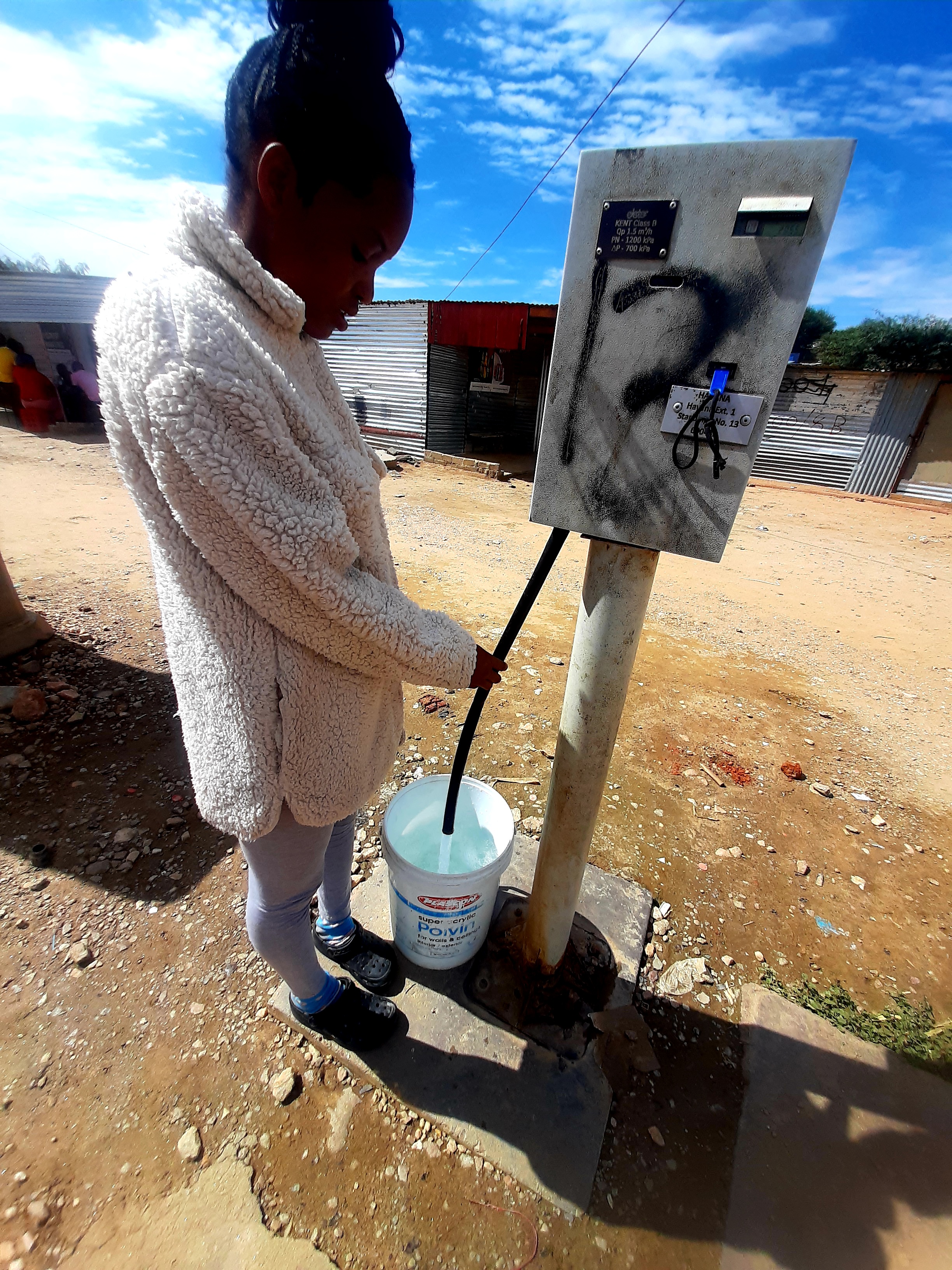Urban Nightlife
페이지 정보
작성자 Adam Birnie 작성일25-03-11 08:22 조회2회 댓글0건관련링크
본문

Urban Nightlife
When did nightlife begin?
Urban nightlife, 오피커뮤니티 as we perceive it at present, began to take shape in the late nineteenth and early 20th centuries, significantly in major cities around the world.
The Rise of Urban Nightlife
During this time, industrialization and urbanization led to a big increase in population density in cities. With more individuals dwelling in urban areas, the demand for leisure choices after dark grew.
Key Influences
Several components contributed to the event of nightlife:
- Prohibition Era (1920-1933 in the U.S.) - This led to the rise of speakeasies and underground bars, creating a vibrant and considerably illicit nightlife scene.
- The Jazz Age - The Twenties saw the emergence of jazz golf equipment, which played a vital position in shaping city nightlife, particularly in cities like New York and Chicago.
- Nightclubs and Dance Halls - Post-World War II, the institution of nightclubs and dance halls grew to become well-liked, providing spaces for socializing, dancing, and reside music.
Modern Nightlife
Today, urban nightlife encompasses quite lots of experiences, together with bars, clubs, late-night eateries, and cultural occasions, reflecting the diverse pursuits of urban populations.
Why do most nightclubs fail?
Most nightclubs fail as a result of a mixture of things that may adversely affect their sustainability and enchantment within the aggressive urban nightlife scene.
1. Poor Location: A nightclub's location plays a critical role in its success. If it's situated in an space with low foot traffic or minimal nightlife exercise, it may battle to draw patrons.
2. Ineffective Marketing: Many nightclubs fail to create a robust brand presence or adequately promote their occasions. Without efficient advertising methods, they may not reach their target audience.
3. Inconsistent Experience: Patrons expect a sure level of service and atmosphere. If a nightclub fails to deliver a consistent expertise when it comes to music, lighting, 오피커뮤니티 and service, it can lead to a decline in regular customers.
4. High Operational Costs: The bills related to operating a nightclub—including rent, staffing, and inventory—can be vital. If these costs aren't managed correctly, they'll quickly eat into earnings.
5. Lack of Differentiation: In a saturated market, nightclubs that fail to offer something distinctive might battle to stand out. A lack of distinctive features or themes can result in decreased patron interest.
6. Failure to Adapt: The nightlife trade is ever-evolving. Clubs that don't keep up with changing music developments, customer preferences, and expertise can easily fall behind, shedding their relevance.
7. Regulatory Challenges: Nightclubs often face stringent regulations concerning noise, alcohol licensing, and 오피커뮤니티 capability limits. Navigating these legal hurdles could be challenging and costly.
In summary, a nightclub's failure typically outcomes from a combination of poor initial selections, incapability to adapt, and failure to create a memorable experience for its clients. Addressing these issues can enhance the likelihood of success within the urban nightlife panorama.
What is the that means of metropolis club?
A metropolis membership sometimes refers to a personal establishment within an urban space that provides a selection of facilities, providers, 오피사이트 and leisure choices for its members. These clubs can perform as social hubs where people collect to loosen up, community, and luxuriate in nightlife activities.
Features of a City Club
City clubs often provide:
- Dining facilities: Restaurants and cafes that serve various cuisines.
- Entertainment: Live music, dance flooring, and particular events to have interaction members.
- Networking opportunities: A platform for professionals to satisfy and kind connections.
- Exclusive occasions: Members-only gatherings, events, 오피커뮤니티 (adminclub.org) and celebrations.
Urban Nightlife Experience
In the context of urban nightlife, metropolis golf equipment serve as vibrant venues that contribute to town's after-dark financial system. They play a big position in enhancing the social cloth of urban living by offering spaces the place individuals can unwind and enjoy the dynamic atmosphere of metropolis life.

댓글목록
등록된 댓글이 없습니다.
